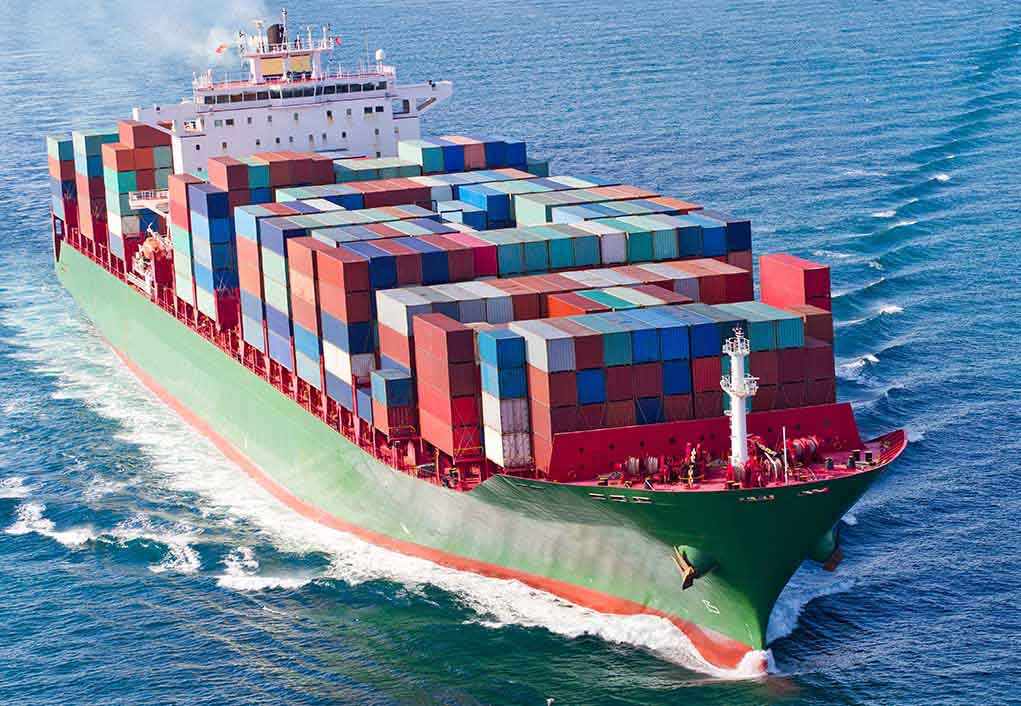
A massive explosion on a Baltimore cargo ship near the collapsed Key Bridge has reignited public fears about infrastructure security and emergency response—just as the city struggles to recover from last year’s catastrophic bridge disaster.
Story Snapshot
- A bulk carrier exploded and caught fire in Baltimore’s Patapsco River near the Key Bridge collapse site, but all crew and pilots survived.
- The incident underscores ongoing vulnerabilities in U.S. maritime infrastructure and raises questions about port safety protocols.
- No injuries or property damage were reported, but investigations are underway and public scrutiny is high given the site’s troubled recent history.
- Emergency response was rapid and coordinated, involving city fireboats, the Coast Guard, and state emergency management.
Explosion Rocks Baltimore Harbor Amid Ongoing Bridge Recovery
On August 18, 2025, the cargo vessel W-Sapphire erupted in flames along Baltimore’s Patapsco River, dangerously close to the site of 2024’s Francis Scott Key Bridge collapse. The incident occurred around 6:30 p.m. and quickly drew a large-scale emergency response spearheaded by the Baltimore City Fire Department and the U.S. Coast Guard. Despite a dramatic fireball and the immediate threat to those aboard, all 23 crew members and two pilots were rescued without injury. Officials moved the vessel to a designated anchorage as investigations into the explosion’s cause commenced.
The timing and location of this explosion have reignited concerns about continued vulnerabilities in Baltimore’s critical infrastructure. The Patapsco River, a vital artery for American commerce, is still reeling from the loss of the Key Bridge in March 2024, when a container ship crash killed six workers and crippled regional logistics. The area remains under intense scrutiny, as the nation watches how leaders manage both the bridge recovery and now this high-profile maritime emergency.
Heightened Scrutiny on Maritime Safety and Emergency Protocols
Authorities have highlighted the swift, multi-agency response as a reassuring sign of improved emergency readiness after last year’s disaster. Multiple fireboats and Coast Guard teams worked rapidly to contain the blaze and ensure the safety of the vessel’s crew. The Maryland Department of Emergency Management and Governor Wes Moore’s office have provided ongoing updates, emphasizing that no environmental or property damage occurred and that port operations remained uninterrupted as of August 19. The incident, however, serves as a stark reminder of how quickly situations can escalate, especially in regions already marked by recent tragedy.
With the cause of the explosion still under investigation, maritime safety experts are calling for a fresh review of both vessel and port security protocols. The absence of recent shipboard explosions in the harbor makes this event particularly notable. Industry voices stress the need for robust fire suppression systems and better detection technologies on large vessels, especially when navigating constrained waterways adjacent to critical infrastructure. Such calls echo the broader conservative priority of ensuring American infrastructure and public safety are not compromised by bureaucratic neglect or insufficient oversight.
Stakeholders, Response, and Broader Implications for U.S. Ports
The immediate stakeholders—W-Sapphire’s crew, the emergency responders, and port authorities—acted decisively to prevent loss of life or further property damage. The Coast Guard has taken the lead on the ongoing investigation, with local and state agencies supporting containment and public communication efforts. The efficient response has helped maintain operational continuity at the Port of Baltimore, a crucial economic engine for the Mid-Atlantic and the nation as a whole.
For residents and conservative Americans concerned about government accountability and infrastructure resilience, this incident is a wake-up call. The back-to-back crises at Baltimore’s port highlight the need for sustained investment in safety technology, transparent investigations, and a commitment to constitutional governance that prioritizes the security and prosperity of American families and businesses. Political leaders face mounting pressure to demonstrate real progress in rebuilding the Key Bridge and to reassure the public that America’s ports and critical infrastructure are not vulnerable to preventable disasters.
Potential Regulatory and Industry Changes on the Horizon
While there were no casualties and immediate economic impacts appear contained, the incident could have lasting repercussions. Regulatory agencies may impose stricter safety requirements for bulk carriers and port operations, potentially increasing compliance costs for shipping companies but aiming to prevent future emergencies. The event is also likely to influence national debates about infrastructure spending, emergency preparedness, and the role of federal versus local authorities in safeguarding public assets. Conservative observers will watch closely to ensure that any new regulations protect American interests without eroding constitutional rights or imposing unnecessary government overreach.
Ultimately, the explosion near the Key Bridge collapse site serves as a sobering reminder: American infrastructure remains exposed to both natural and manmade threats, and only vigilant leadership and sound policy can prevent further erosion of safety and public confidence.
Sources:
No injuries reported after cargo ship explodes in Baltimore harbor | WTOP
Boat explodes Baltimore harbor | FOX5 DC
Explosion on boat near Key Bridge collapse site | CBS12
Baltimore vessel explosion | UPI
Ship catches fire in Maryland’s Patapsco River | CBS Baltimore












